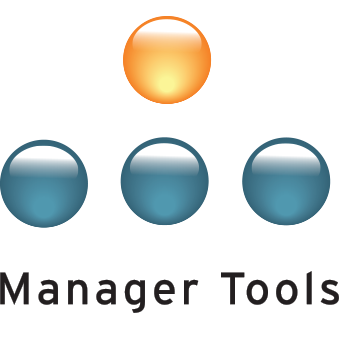![]() Submitted by am_pm on
Submitted by am_pm on
in
Forums
Are there any manager tools podcasts that can help with this situation?
Normal
0
false
false
false
EN-US
X-NONE
X-NONE
/* Style Definitions */
table.MsoNormalTable
{mso-style-name:"Table Normal";
mso-tstyle-rowband-size:0;
mso-tstyle-colband-size:0;
mso-style-noshow:yes;
mso-style-priority:99;
mso-style-parent:"";
mso-padding-alt:0in 5.4pt 0in 5.4pt;
mso-para-margin-top:0in;
mso-para-margin-right:0in;
mso-para-margin-bottom:10.0pt;
mso-para-margin-left:0in;
line-height:115%;
mso-pagination:widow-orphan;
font-size:11.0pt;
font-family:"Calibri","sans-serif";
mso-ascii-font-family:Calibri;
mso-ascii-theme-font:minor-latin;
mso-hansi-font-family:Calibri;
mso-hansi-theme-font:minor-latin;
mso-bidi-font-family:"Times New Roman";
mso-bidi-theme-font:minor-bidi;}
I have been given the job of "project management" on a client project that is going to be completed with in-house IT staff as well as contractor staff. However, I have no authority and no "directs". The in-house IT staff report either directly to the CEO or to other managers in the company. I report directly to the CEO.
In the past, I have used standard, formal PM techniques . . . project plans, objectives, milestones, requirement tracking, status reports, job change order forms, regular meetings and feedback. The contractor wants to use "Agile" methods without detailed milestones. I feel obligated to have more detail, and I am having difficulty getting the detail from the contractor, who presumably doesn't want to be measured on goal attainment. Since they are really good at what they do and they are good for our company and our clients, I don't want to push too much . . . but I am worried that I am supposed to "manage" the project and if the contractor doesn't deliver, then I could be blamed. To make matters even more complicated, the contractor is a longtime friend of the CEO. If it were up to me, I would recommend that the contractor manage the project, but, unfortunately for me, the CEO wants me to be involved and somehow navigate the project management minefield.
What do you do when hiring the best means that you lose control of project management? Do you just have to trust that the contractor will do the project on time and on budget or do you still try to manage the project because you have an obligation to the client? The contractor's past experience shows an excellent record of providing software on time and on budget and their IT skills are top notch--maybe among the top 5% of programmers. So, if this project is like the others, then everything should be fine, but SHOULD is a very uncomfortable word.
Looking forward to the wisdom of the forum . . .



Any/all of the project
Any/all of the project management casts apply, including the project manager feedback casts.
Everything you need for your standard PM techniques are there, they just look different than what you're used to. And your role might be slightly different than what you're used to.
PM me if you wish. It's hard to be specific without knowing details about your situation.